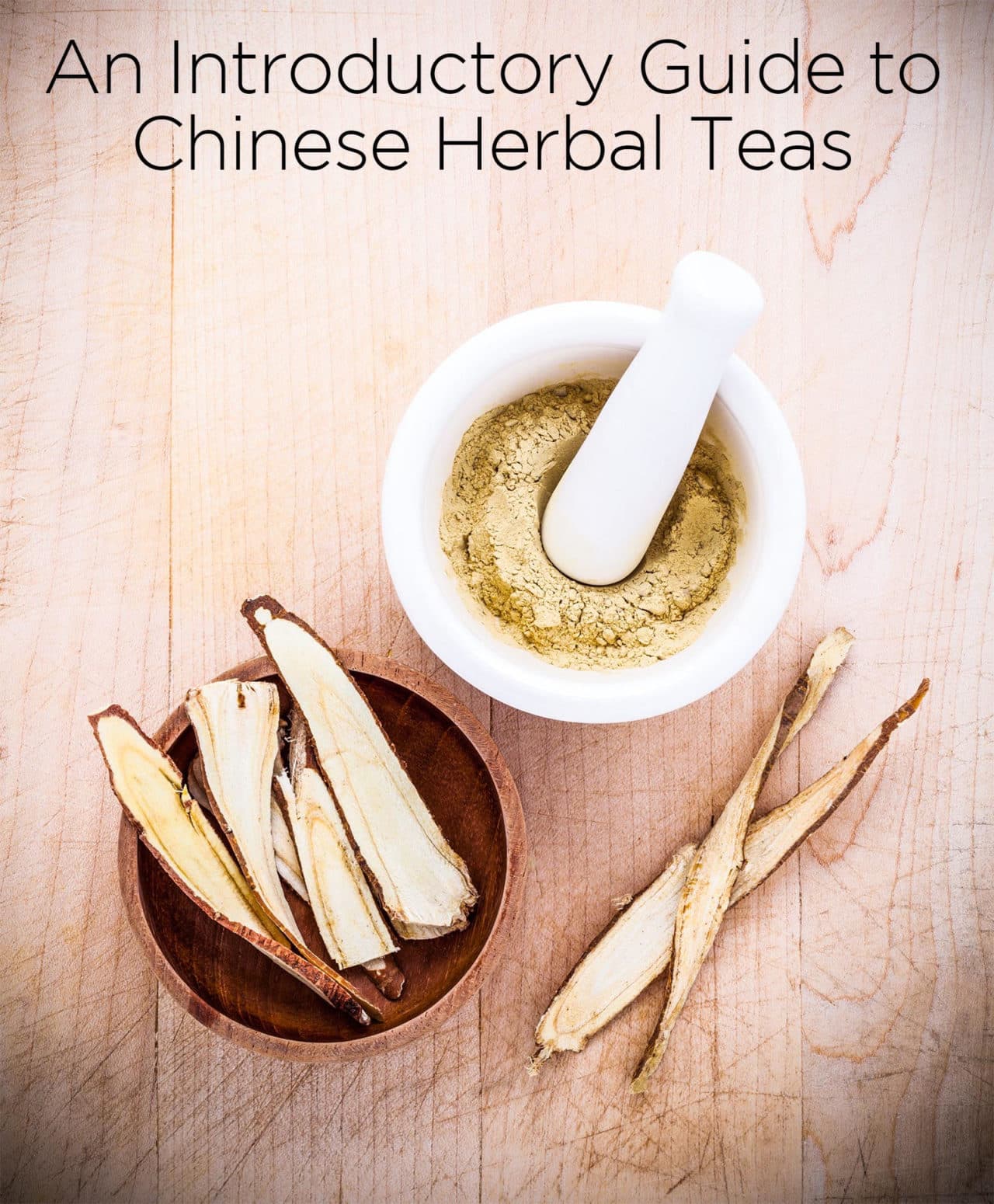An Introductory Guide to Chinese Herbal Teas

Located just under the escalators in Central, Good Spring Company Limited is one of the most famous Chinese herbal tea shops in Hong Kong.
Chinese herbal teas. A part of China’s intangible cultural heritage. The bane of every Hong Kong child’s existence. The perfect drink after bingeing on spicy fried foods. The local’s comfort drink during a bout of illness.
Love it or hate it, Chinese herbal teas – or leung-cha (涼茶) in Cantonese – plays an important part in every Hong Kong local’s diet. It’s like that spinster aunt in your family gathering. She’s bitter and jaded, and you don’t find her exactly palatable, but you know she’s reliable in a crisis. That’s what Chinese herbal teas are for: you don’t enjoy drinking them, but they are perfect for restoring your body’s balance after you have indulged a little too much.
Chinese herbal tea shops are ubiquitous around Hong Kong, but they might be a bit daunting for first-timers. You might want to ease into the experience by first trying the bottled versions available in supermarkets or convenient stores, but if you want to challenge yourself, here’s a handy guide on ordering like a true local.
Twenty-Four Flavours (Ya Sei Mei 廿四味)
Arguably the most iconic herbal tea, Twenty-Four Flavours is a tea made from twenty-four different herbs. The most popular herbal tea in the Guangdong region, Twenty-Four Flavours originated as a fix-all remedy among the common people, which is why no authoritative recipe exists. Instead, each herbal tea store has its own secret recipe that is passed from generation to generation. Most recipes use the same twenty-four ingredients, among them bitter gourd, dandelion and hawthorn, although some recipes call for twenty-eight or even thirty ingredients.
When to drink it: According to Chinese medical beliefs, Twenty-Four Flavours is very ‘cool’ in nature, so it is ideal for clearing accumulated heat and toxins from your body. It’s the perfect drink during the height of summer, or after a big meal of spicy or fried foods.
Chrysanthemum Tea (Gook Fa Cha 菊花茶)
Easily the most appetising drink on this list, Chrysanthemum Tea is a staple of all Chinese herbal tea stores. It usually contains two or three ingredients, namely gold and silver chrysanthemum flowers and perhaps a splash of honey. Delicately sweet, this tea can be drunk hot or cold, and on any occasion.
When to drink it: Chrysanthemum Tea is ‘neutral’ in nature, so it can be drunk anytime you want. It is good for cooling off the body, and is particularly beneficial to the eyes and liver.
Fo Ma Yan (火麻仁)
An acquired taste, Fo Man Yan is made from Cannabis seeds. Yes, you read that right, but before you get too excited, you should know that this herbal tea has none of the psychoactive properties of marijuana. The Cannabis seeds are lightly roasted in a pan before being crushed and boiled. The resulting drink is thick and slightly sweet, and is excellent for the digestive system.
When to drink it: Fo Ma Yan is ‘neutral’ in nature, which means it can be drunk anytime. It is often recommended as a remedy for constipation, or simply as a supplement for digestive problems.
Ha Song Gook (夏桑菊)
The main ingredient in Ha Song Gook is a flower called Prunella vulgaris, a small purple flower commonly found in Asia. The recipe for this tea can be traced back to the Qing Dynasty, when a Chinese medial practitioner brewed this concoction to fight a raging plague in the Jiangnan area. Today, Ha Song Gook is widely drunk as a remedy for colds and sore throat.
When to drink it: Like Twenty-Four Flavours, Ha Song Gook is ‘cool’ in nature, and is therefore a popular drink during the summer. It can be drunk as a treatment for accumulated heat or toxins, although many swear by its effectiveness for treating the first signs of a cold or sore throat.
Sugar Cane Water (Jook Jeh Sui 竹蔗水)
Also found in most hotpot restaurants, Sugar Cane Water is excellent for clearing the body of heat. Many Chinese herbal tea stores would add another ingredient, Perotis indica (Mao Gun 茅根) to the tea, but there’s not major difference to the flavour. It’s also a popular drink for Hong Kong mothers to make at home during the summer, which usually contains carrots and water chestnuts for a hearty yet refreshing brew.
When to drink it: Whenever you want, but it’s particularly reviving after a barbeque or hotpot.
Karen Chan is a local English copywriter who churns out social posts and taglines for a living. Inspired by her fellow copywriter, she has discovered the joy of working out, and is currently on a quest to live as healthily as her sweet tooth allows. In her spare time, she also loves trying new cafés and restaurants around the city.








